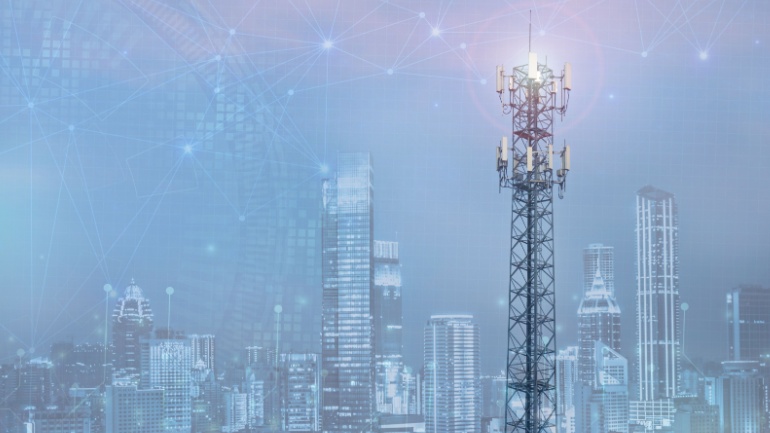In recent news, EE has introduced its ‘cell sleep’ technology on its 4G network in an effort to conserve energy. This innovative approach allows certain LTE carriers to enter a low-power mode during times of low demand, helping to minimize energy usage without compromising service quality. By utilizing machine learning to analyze usage patterns at each site, EE can schedule these low-power periods effectively, ensuring a seamless transition back to full power in the event of increased demand.
Additionally, EE’s sites can also enter a ‘deep sleep’ mode during times of extremely low activity, such as late at night. This further conserves energy and contributes to the overall efficiency of the network. The implementation of this technology is expected to save up to 2 KWh per site daily, resulting in a substantial annual energy savings of 4.5 million KWh across EE’s entire network.
Greg McCall, Chief Networks Officer at BT, highlighted the potential for significant energy savings by aligning power consumption with network usage. Implementing cell sleep technology at over 19,500 sites represents a crucial step in managing the increasing data consumption within the industry. The adoption of this technology underscores EE’s commitment to optimizing network operations and promoting sustainability in energy usage, setting an example for other mobile operators to follow.
The concept of adjusting a mobile site’s power usage based on real-time demand is gaining traction in the industry due to advancements in AI and machine learning driving the adoption of these energy-efficient technologies. Ericsson has partnered with Deutsche Telekom to showcase its sleep mode technology, indicating growing interest and recognition of the benefits of such solutions. By embracing dynamic cell sleep technology, EE is not only enhancing its network efficiency but also contributing to a more sustainable approach to energy consumption paving the way for a greener future in mobile telecommunications



